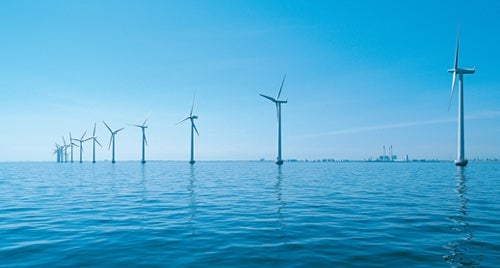After nine years of study and debate, U.S. Secretary of the Interior Ken Salazar announced late last month that the $1 billion Cape Wind renewable energy project has received approval from the federal government. The project will be the nation’s first offshore wind farm.
How big is it?
The project calls for 130 turbines, each more than 400 feet high, in a 25-square-mile section of Nantucket Sound. It is projected to generate a maximum electric output of 468 megawatts and an average of 182 megawatts, according to the Department of the Interior. That’s enough power to provide 75 percent of the electricity demanded in Cape Cod, Martha’s Vineyard and Nantucket Island.
What is the environmental significance of the project?
By replacing conventional power plants, Cape Wind could cut carbon dioxide emissions by 700,000 tons annually. According to the Department of the Interior, that’s equivalent to taking 175,000 cars off the road for a year.
When will it be built?
The developer, Cape Wind Associates, could begin construction within the year. Once it begins, the company says, it should be completed in two years. However, opponents of the wind farm may sue to stop the construction. Parties including two Wampanoag Native American tribes, some environmental groups, and some Cape and island residents, argue that the project would harm ocean life, disrupt the tribes’ spiritual practices and hurt property values.
Will Cape Wind have repercussions beyond the Cape?
Cape Wind could open the door for other offshore wind farms. According to the Department of the Interior, a number of other similar projects have been proposed in the Northeast, adding up to 1 million megawatts of potential energy production. That could create thousands of manufacturing, construction and operations jobs.
Gov. Deval Patrick’s administration also said that German manufacturer Siemens AG, which is providing the turbines for Cape Wind, had decided to locate its U.S. offshore wind operation in Massachusetts because of the project.

